Affiliate links on Android Authority may earn us a commission. Learn more.
Improve privacy and device security with Android Lollipop screen pinning - Android customization
With your mobile hotspot under control from last week’s Android customization post, it’s time we move to a new topic. This week we will look at a handy feature in Lollipop called screen pinning.
It’s a pretty simple thing, for when you need to hand your phone over to a friend or family member for a second, but you only want them to use one app, and only one app. Android 5.x Lollipop has a feature to help, screen pinning is exactly what the name implies, allowing you to pin an app to your display, blocking use of other apps.
Let’s look it over and see what Lollipop screen pinning is all about.
Before we begin
It is not often I get to share a project or trick that does not have specific requirements, but today is not one of those days. You will need to have an Android device with at least Android 5.0 Lollipop installed in order to follow along, but that’s it.
Prevent unwanted access to your device using screen pinning
I painted a picture above of locking your device to your child’s favorite game, or locking your friend to just your image gallery, these are great uses, but there are other uses that can be great for business and marketing equipment as well.
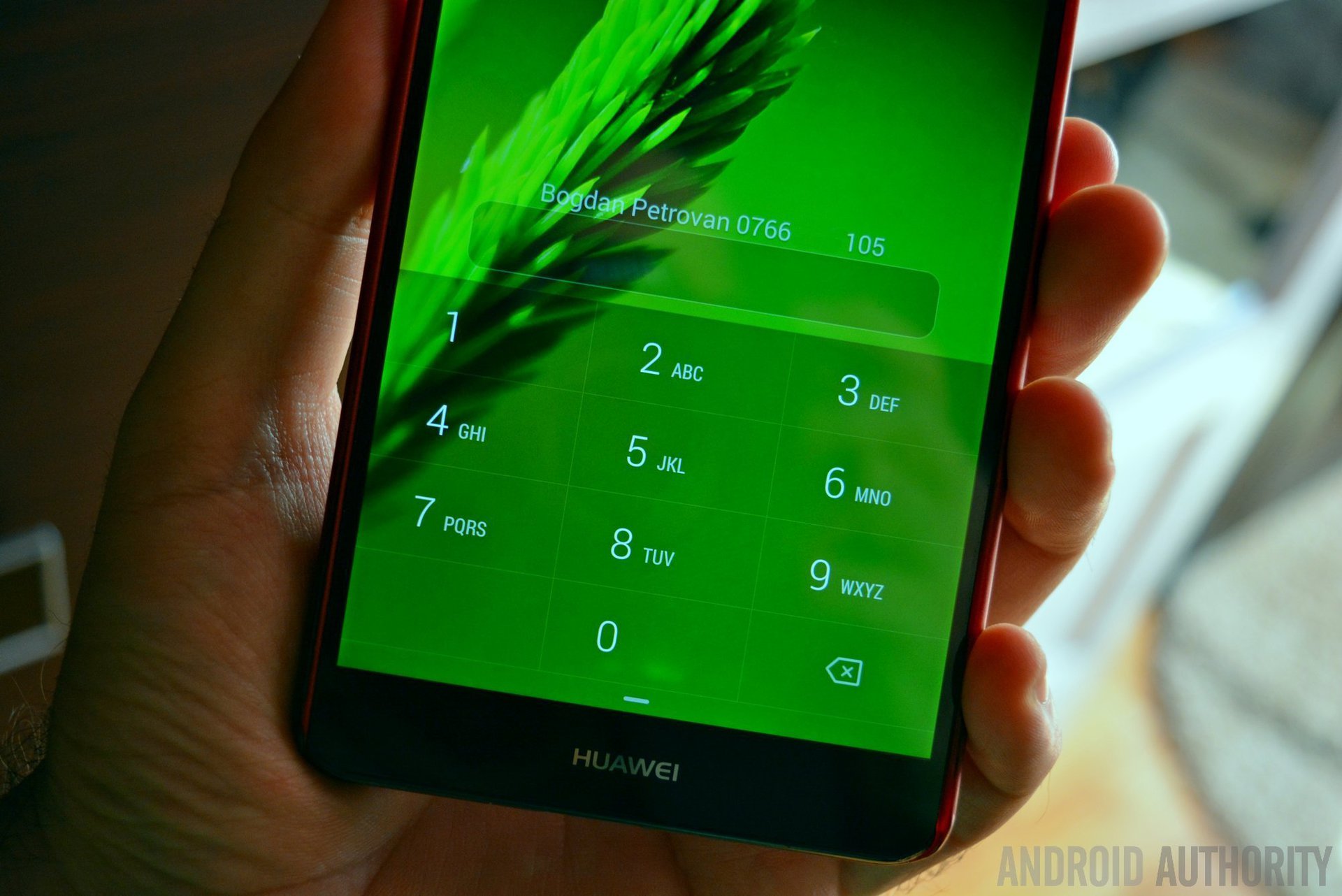
There are a couple levels of security available in screen pinning. The first thing that screen pinning can do for you is provide a full screen immersive mode, of sorts. While it does hide the notification bar, it does not hide the navigation buttons, at least it all but disables them. Pressing the nav buttons provides a message reminding you that screen pinning is active. Much better than accidentally jumping out of your favorite game in the heat of battle.
The first level of use does allow the user to long press the Overview button (recent apps button) to exit screen pinning. This may work for your toddler, but not your friend. To really lock things down, you can require your lock PIN or passcode to exit screen pinning. This effectively secures your device and data from browsing when you need to hand your device over to someone.
How to enable screen pinning
Things should be enabled by default, but let’s dive into the settings first, then pin a screen after.
Open your device Settings.
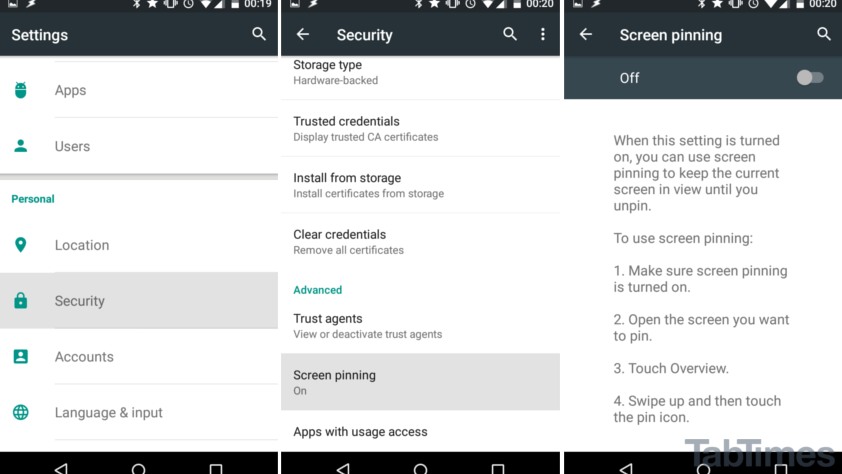
Go to Security.
Scroll down and click on Screen pinning.
If it is off, simply tap the toggle to turn screen pinning on. Then, make the choice now if you are going to require your device lock PIN or passcode to disable screen pinning once started.
Good stuff, now to use screen pinning.
The process is pretty easy, you may have already noticed the icon but weren’t sure what it was for.
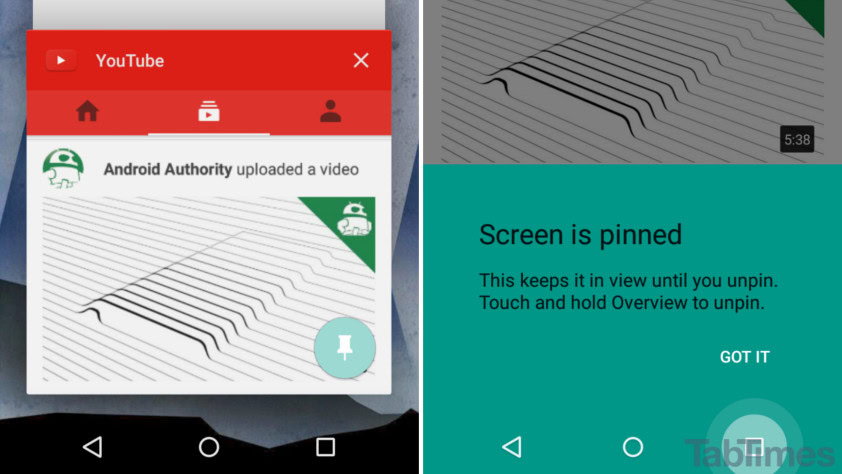
Open up the app you would like to pin.
Tap the Overview button (I’ll never get used to that name, it’s the Recents list button, who’s with me?)
Your app will be the first tile in your recent apps list, scroll it upward to reveal a small pin icon in the bottom right hand of the tile. Tap on the pin.
You will be notified that you are entering screen pinning mode, and reminded how to get out again.
Hit Got It to continue.
Hand your device over to your friend, colleague, customer, teacher or family member with no worries of them snooping around.
How to turn off screen pinning
I almost feel like I don’t need to say this, again, so I’ll make it really quick.
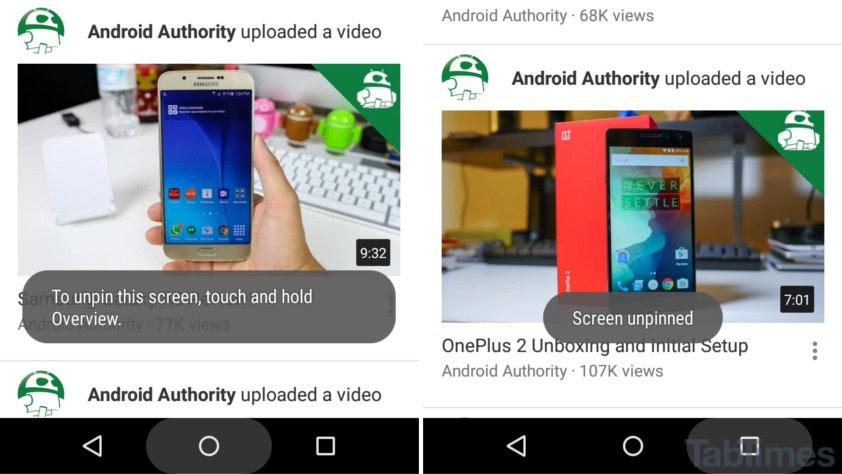
Long press on your Overview button.
A message pops up to tell you you have exited screen pinning. Unless you have it locked down with PIN or passcode, then just enter that and you are free to resume your day.
What’s next
Despite the convenience factor, screen pinning was not really designed to be a bulletproof security measure for your device. The user can, for example, still hit the power button to shutdown and restart your device, and this offers little to no defense against USB connections to a PC or other data collecting tools. Basically, you’ll still need to monitor the person using your device if you really can’t trust them.
This, sadly, means that screen pinning, even when password protected, is not enough to protect a tablet for many business applications, like in an unmanned kiosk setting, for example.
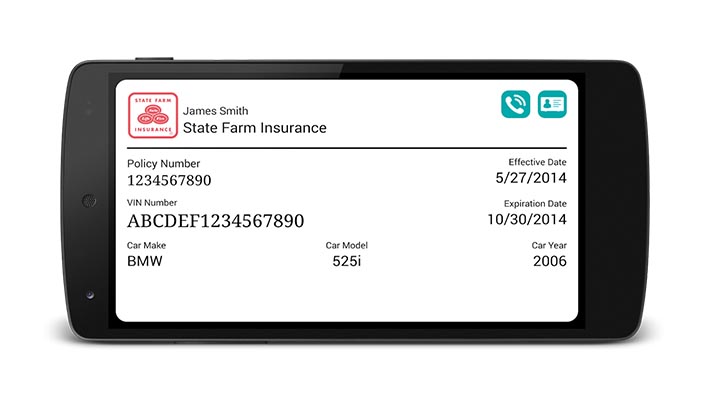
Also, if you are one of the few that have your automotive insurance card as an app on your device, please check your local law before handing your phone over to law enforcement. Even though you may now think to use a PIN or passcode protected pinned screen, in some jurisdictions, the act of handing your phone to an officer for any reason at all grants them legal permission to perform a full search of your device.
Please take the time to learn your local laws before handing your phone over to law enforcement, and do be smart about who you hand your device over to aside from the police, just because your phone is locked to a single app, doesn’t mean it won’t up and disappear on you. At least you’ve created our Tasker project to identify intruders attempting to use your device, right?
Next week
I hope you learned a little and have great ideas on how to use screen pinning to protect your data and info the next time you hand your device over. Next week on our Android customization series we will look at something completely different – did you know that you can use almost any internet connected device as a sort of Chromecast for YouTube, controllable from your phone? We’ll dive into it.
Do you use screen pinning at all, or is it just one of those great features that you forget to use when the time arises?